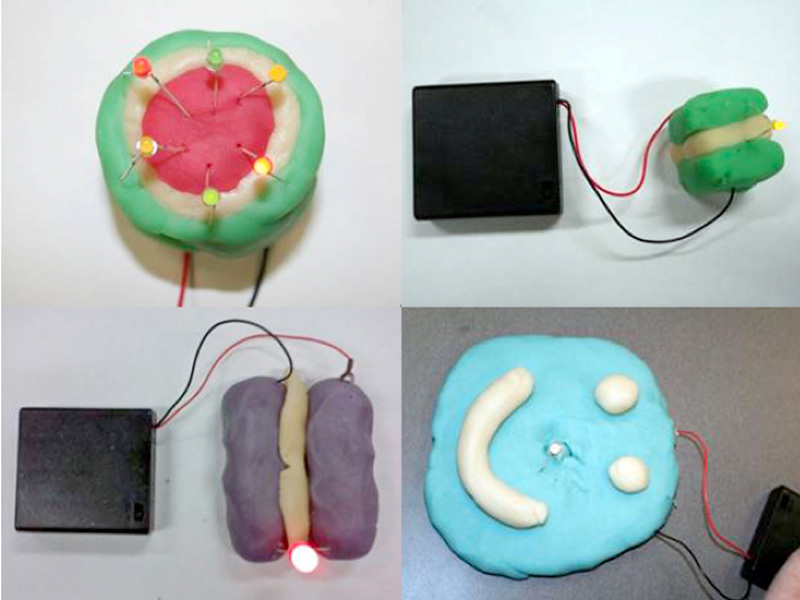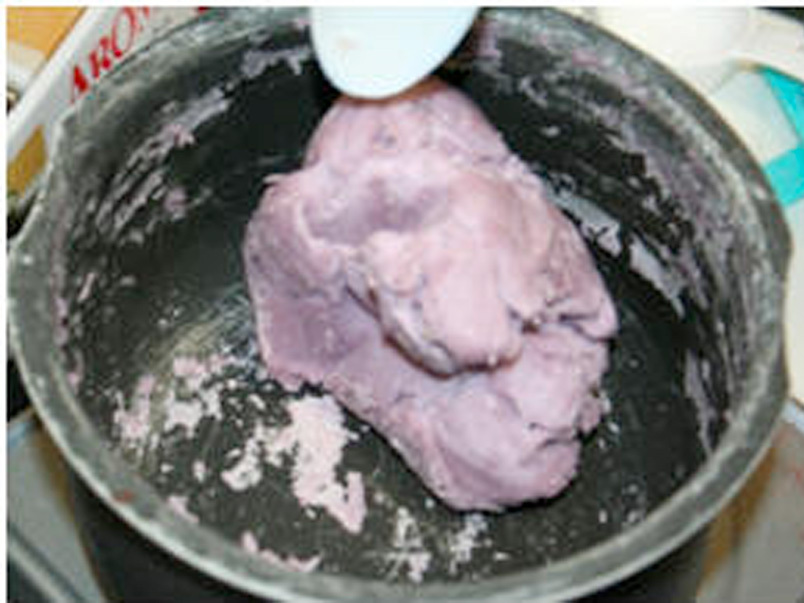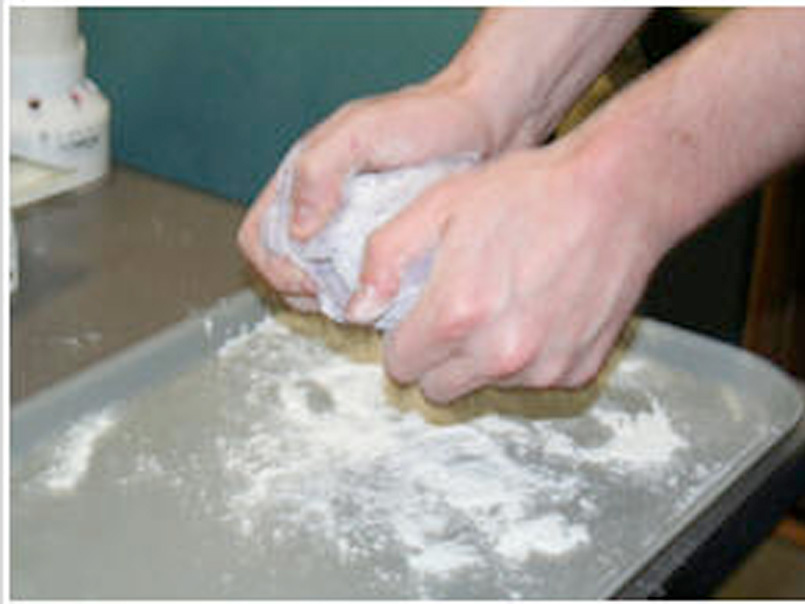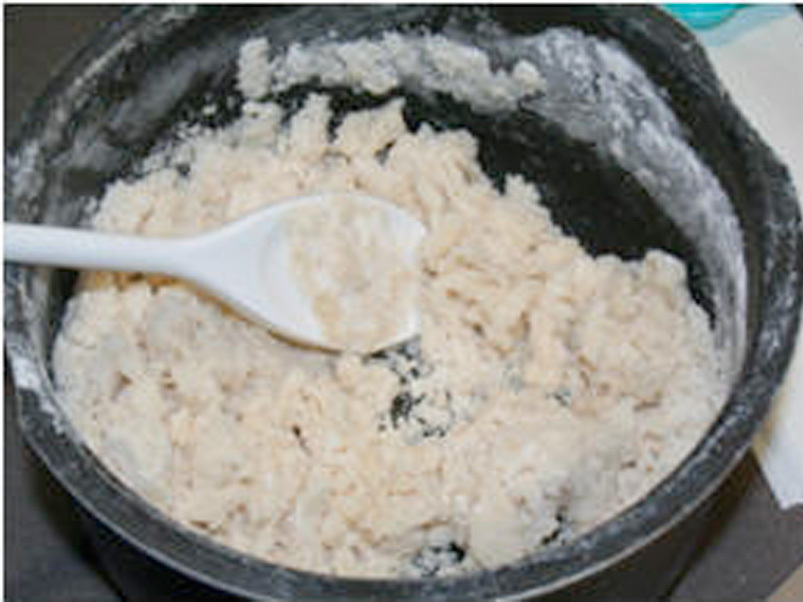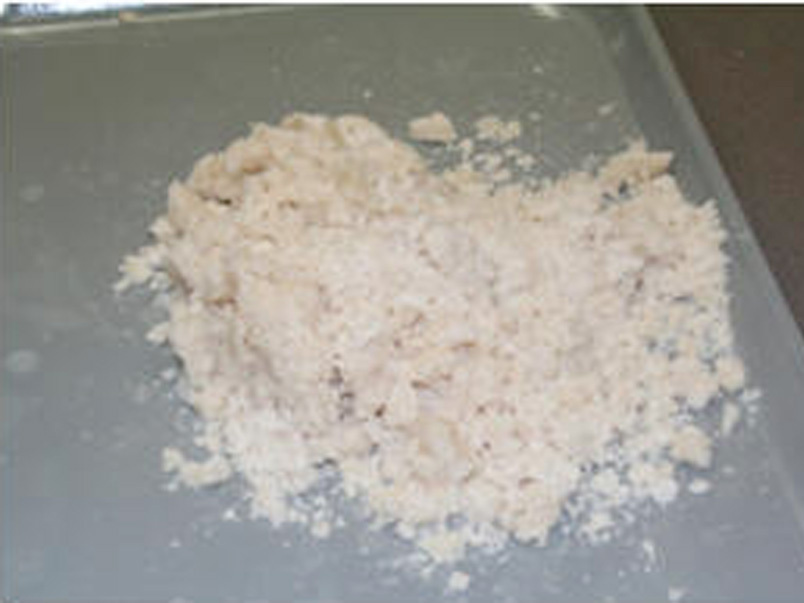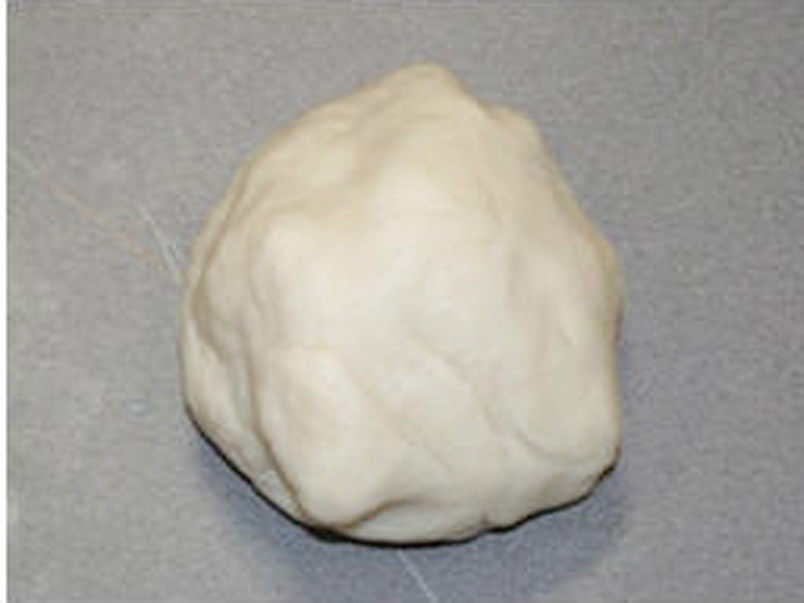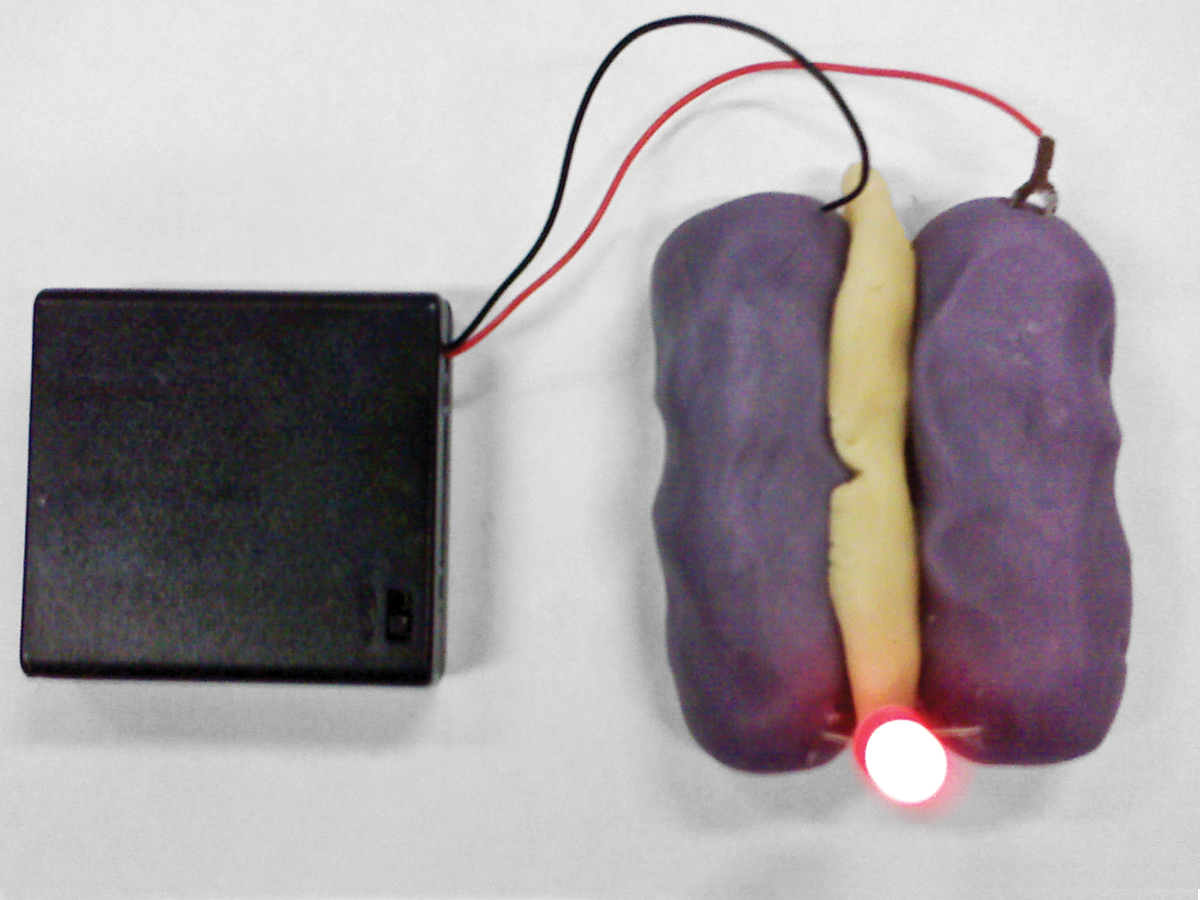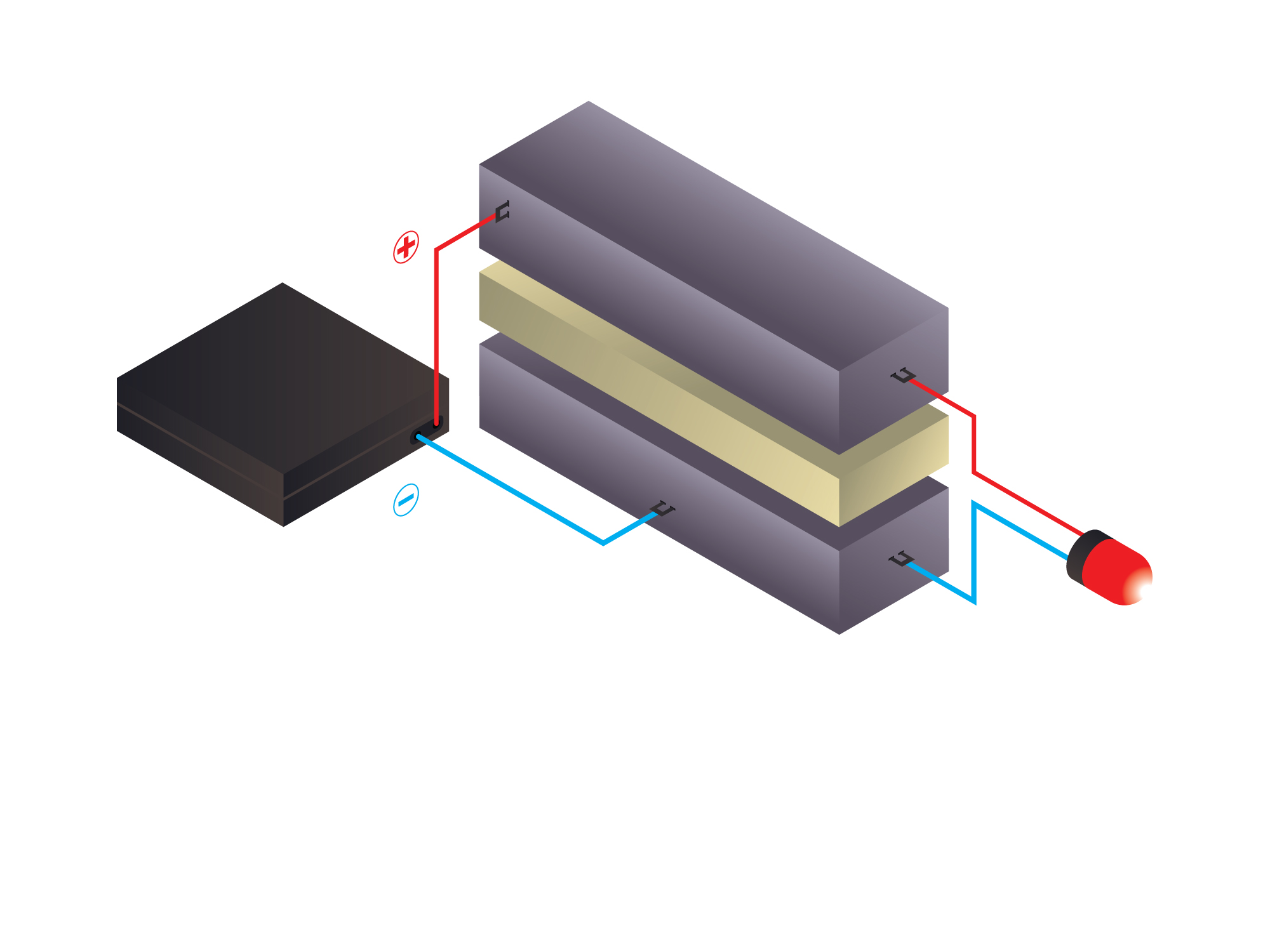Making play-dough creatures is fun, but making them with light-up eyes and moving parts is even more enjoyable. We thought it would be better still if we could make the circuitry out of the dough itself!
Most play dough is already conductive, but we needed a way to insulate the conductive dough. We came up with a sugar-based dough that works well as an insulator. It’s pliable and resistant to blending with the conductive dough.
Rainy day and fidgety kids? Whip up both types of dough, gather some LEDs and batteries, and create your own menagerie of squishy circuit creations. Add a motor or two for sculptures with moving parts. Feeling adventurous? Play with the salt content of the recipes to vary their conductivity.


